SSV Testnet V2 is Here! Shifu Explained
The ssv.network Shifu (v2) Testnet has been launched. Check out all the newest updates and features that were added for this major release.
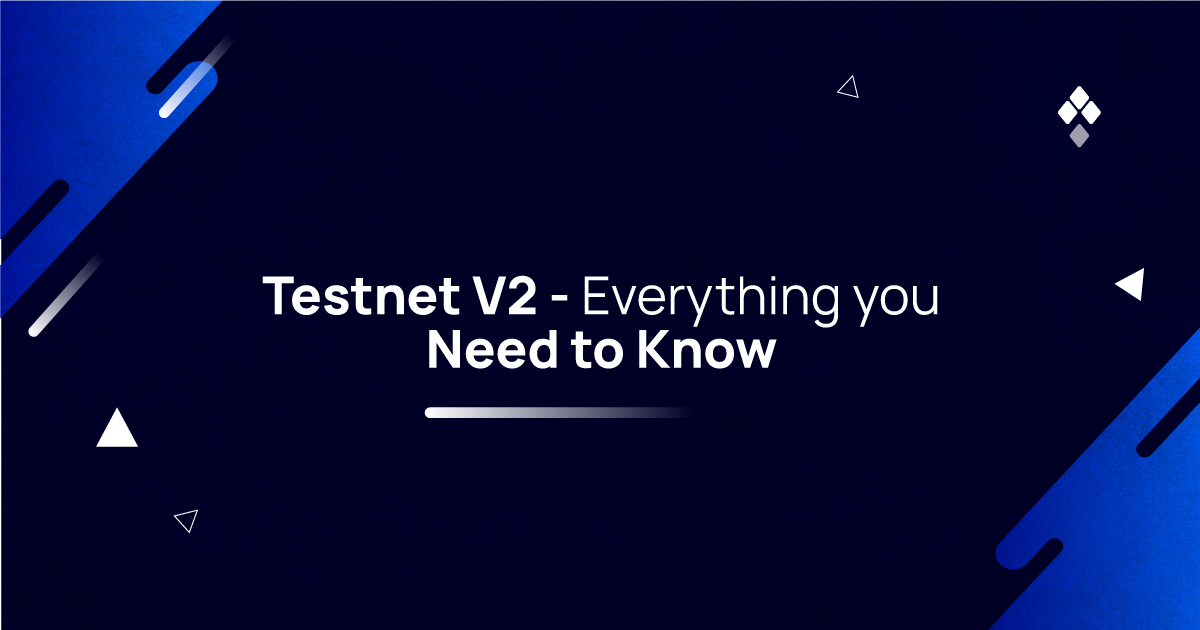
The ‘V2’ release bundle includes:

The time has arrived to launch the V2 testnet. We’ve named it Shifu, and with it comes some of the most significant changes to the network to date! We’ve continued working on the roadmap while building on much more than just the network, adding new features, designs, and documentation to help drive participation in the network’s community.
During the last 15 months, the SSV team has spent an enormous amount of time and effort running the public testnet and redesigning the protocol to get where we are today. From token integration to networking, the efforts seem well worth the wait when we look at what V2 brings to the table. After all, Rome wasn’t built in a day either.
Until now, SSV Network participants mainly used the token for governance purposes. Since Shifu’s release, SSV’s native token has upped its game to become the payment layer of the network. This significant milestone in the tokenomics sees the SSV token facilitate payments between stakers and operators for operating their validators on the Beacon Chain. Eth stakers that want to run validators through the network make payments in SSV to the network’s operators, ensuring their validator duties are consistently performed.

With Shifu, we’ve also introduced fees and account balances to the network as a part of the new tokenomics initiative. Fees allow a constant flow of payments between validators, operators, and the network to align benefits between ecosystem participants. This means that validators need to keep an account balance to ensure the continued operation of their validators. To this end, we’ve enabled withdrawals and deposits for user accounts.
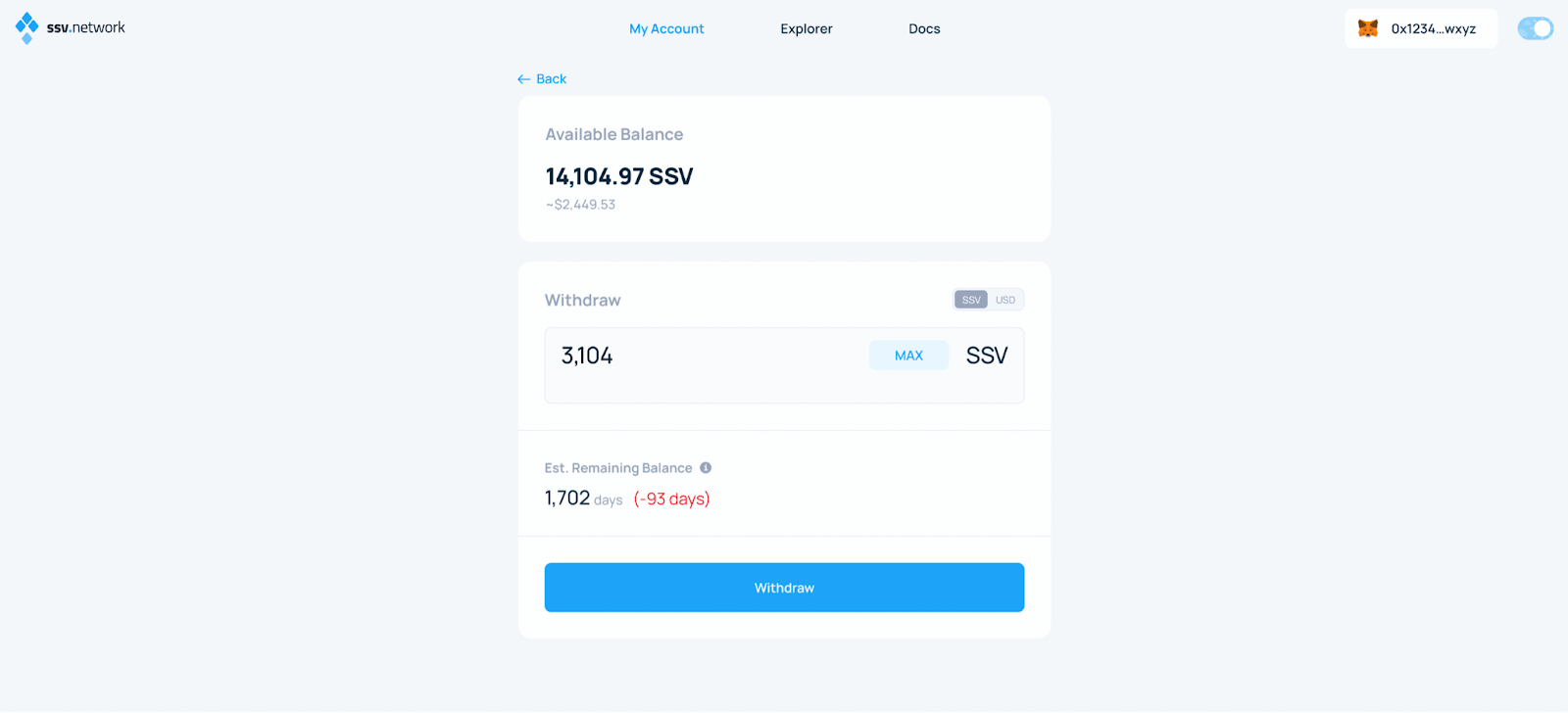
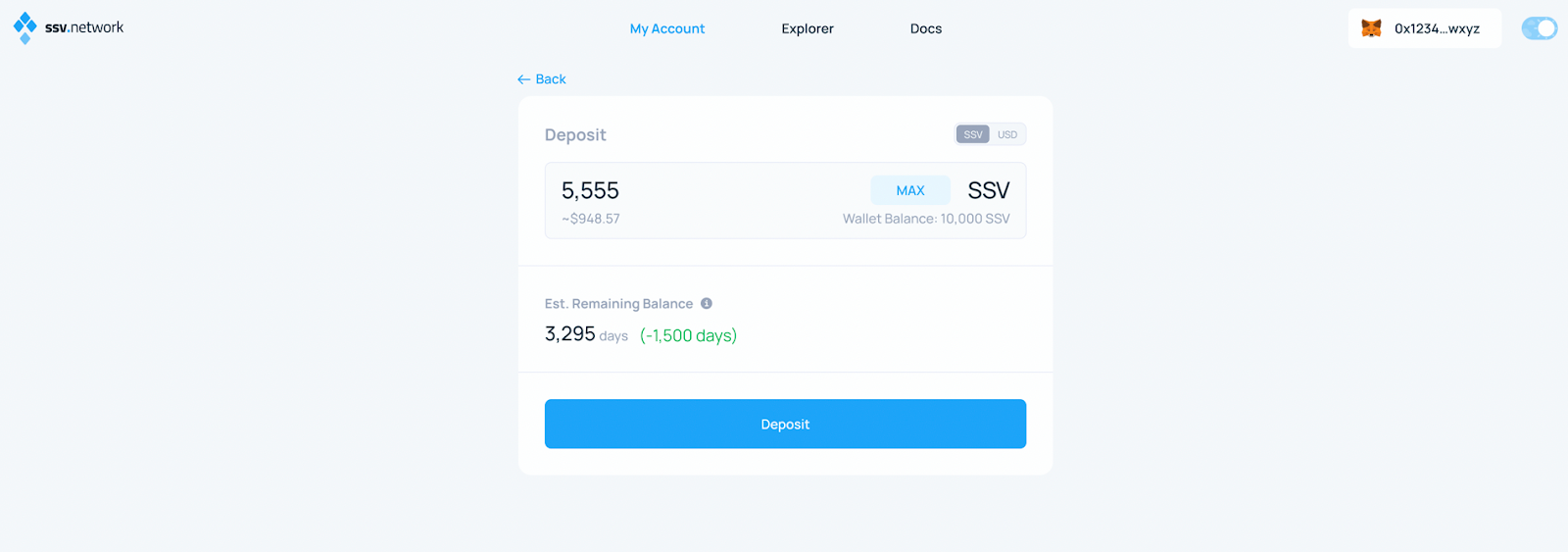
To run a validator on the ssv.network, users must fund an account to pay operators and network fees. Network fees paid by each validator are sent to the DAO treasury, while operator fees are purely to pay for the operation of validators. To keep all the network participants’ balances in check, liquidators have been added to ensure the solvency of the network. They do this by deactivating accounts that don’t have a sufficient balance to pay for their validator’s operation.
Fee Breakdown:
Operator fees — ssv.network uses a free-market approach, allowing operators to set their own fees. This fee is paid by each validator that selects a specific operator to conduct their validator duties.
Network fees — The network fee is a fixed cost determined by the ssv.network DAO.
Liquidation Collateral — As part of a validator’s account balance, liquidation collateral is required for each validator. This collateral serves as a reward for a liquidator in case a stakers balance drops below the required threshold to pay their operators.
Those who want to join the network and receive SSV tokens as an operator or liquidator can easily run the ssv operator node software or liquidator node software. Register as one of the network’s participants and get paid to play a part in the continued decentralization of the Ethereum network.
SSV users are the lifeblood of the protocol, with the power to direct the future of SSV by voting on proposals. Those involved in the network’s DAO have been very active, with an average 15% participation rate in the snapshot votes since the beginning of the year.
We invite everyone to come and play an active part in the community to help shape the long-term future of the network.
The network’s developers have been working non-stop in the coding forges to enhance the network topology (as discussed in the blog post). While also adding upgrades to the SSV smart-contract layer, allowing all participants to experience the near mainnet-ready ssv network.
Following the two hard forks needed to start working on V2, we’ve ensured that participating in the network is now more accessible and user-friendly than ever. With the latest updates, we’ve given operators and stakers more control over how they interact with the network via the web app and smart contracts.
From here on, we move forward to become more developer centered. With Shifu’s arrival, the protocol has gained new smart contract functionality that allows those with some tech-savvy to easily onboard, customize, and off-board their validators and operators. Enabling a new range of components for developers to use when building their own staking applications on the network’s infrastructure.
This added functionality encourages various use cases, including staking pools, staking services, solo-stakers, and more, to be run through the network. Fostering all kinds of stakers to use the network for its fault tolerance, to remove slashing risks, and to maximize staking rewards.
Have a look at the tailor-made integration guides to see how you can easily integrate SSV in your staking infrastructure.
When looking back to V1, users could only register their operators and validators to the network. With the release of Shifu, we are giving users a wide range of management capabilities through the new dashboards on the ssv.network web app. Validators and operators now have their own dedicated pages where they can easily make use of management functions, like:
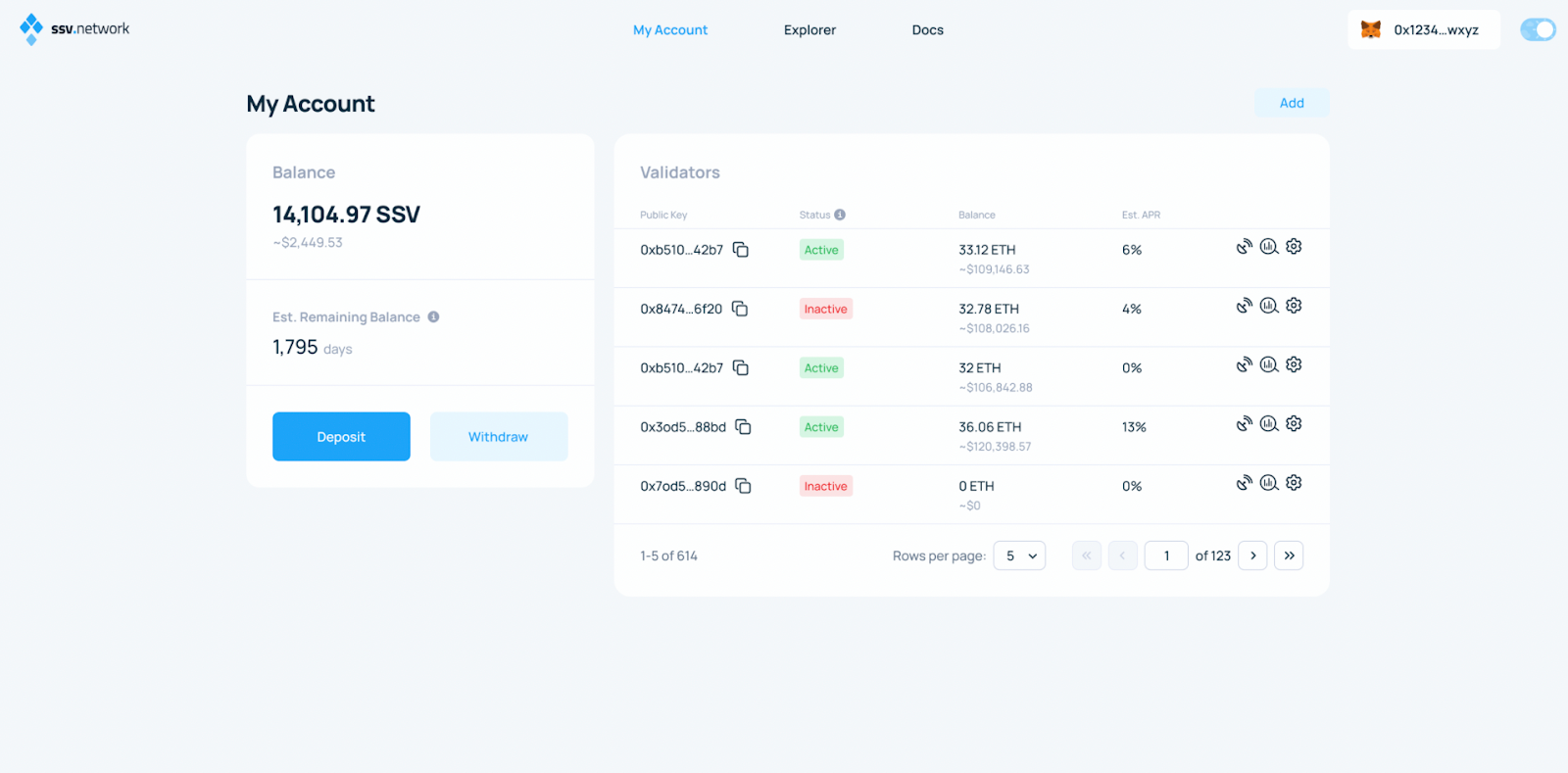

Check out the Shifu User guides for step-by-step instructions on how to easily create and manage your operators and/or validators via the web app.
So, not only did V2 implement brand new dashboards, but we also spiced up the staking game by improving the operator selection interface and including more metrics on the web app. Here users can customize and view all the details of their validators and who’s operating them. Allowing stakers to seamlessly choose and manage their operator group with the click of a button.
By providing this functionality, we can revolutionize the staking industry, allowing validators to customize their operator set up through the network’s web app and smart contracts. Giving more power to stakers to diversify and deep-dive into their operators while contributing to a more secure and decentralized Ethereum network. With these new functions, stakers can consider essential things like client diversity, operator geo-location, and cost-effectiveness when choosing their operators.
https://medium.com/media/10e76823880266b57cfa15576bacbdc5/href
In V1, users could only select their operators when registering, but what if something should happen to one of their operators? Users can now monitor their operators’ performance more accurately and reduce downtime by removing an operator if something goes wrong or if it acts maliciously.
Initially, monitoring validator/operator performance and status were challenging after onboarding. We’ve remedied this situation by including all the necessary information into the dashboard rather than having to keep track of them through other 3rd party applications like the Beaconcha.in and the SSV explorer.
To help keep track of everything happening in your account, we’re also in the process of adding notifications. These will keep you informed about validator status or operator fee changes.
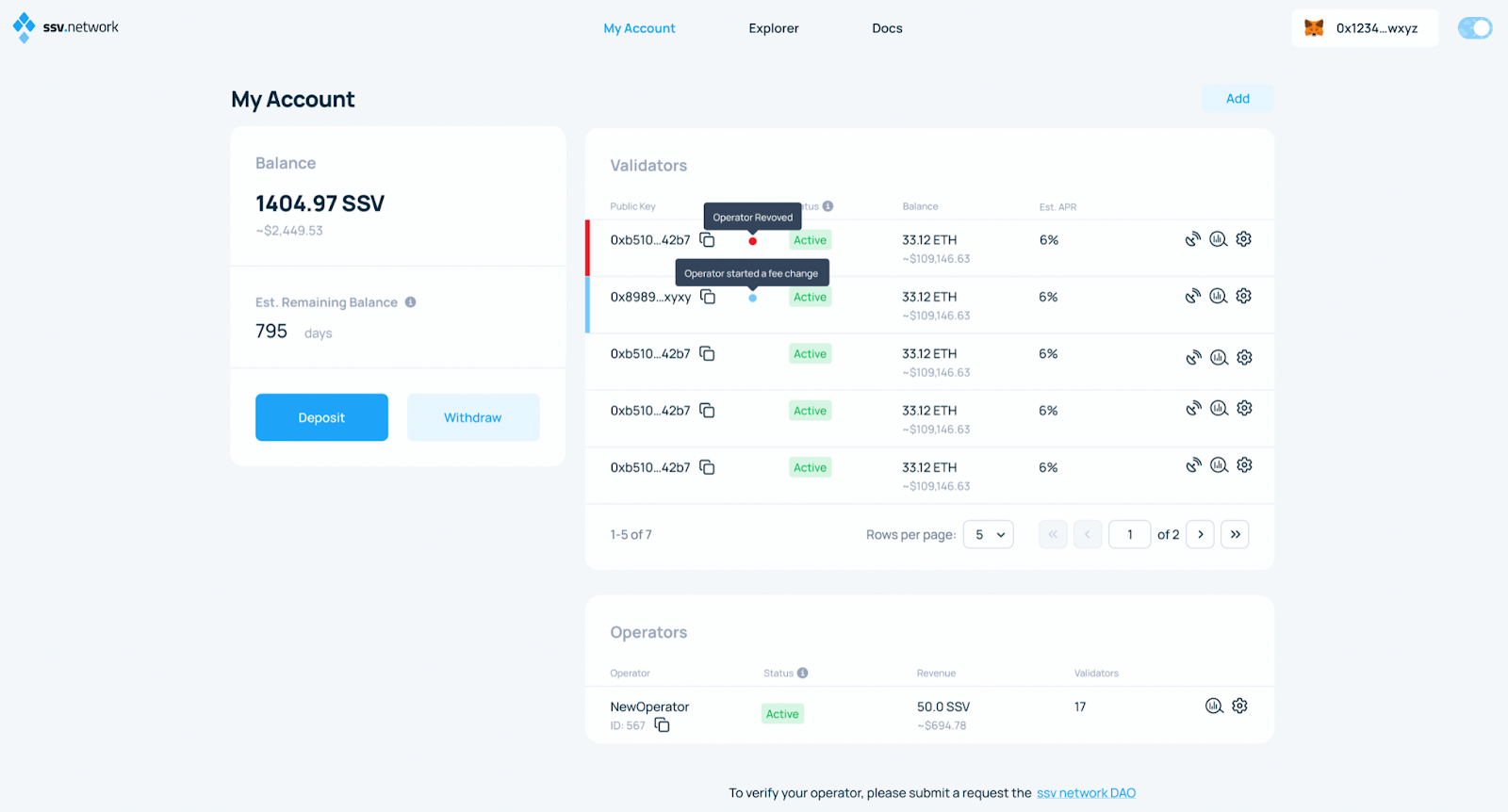
Speaking of fee changes, operators can now change their fees at their discretion. To promote a free-market dynamic, the network allows operators to set their prices and define their own pricing strategies, opening up a new revenue stream for staking services. On the other side of the coin, it drives competition between operators, providing stakers with the most competitive pricing.
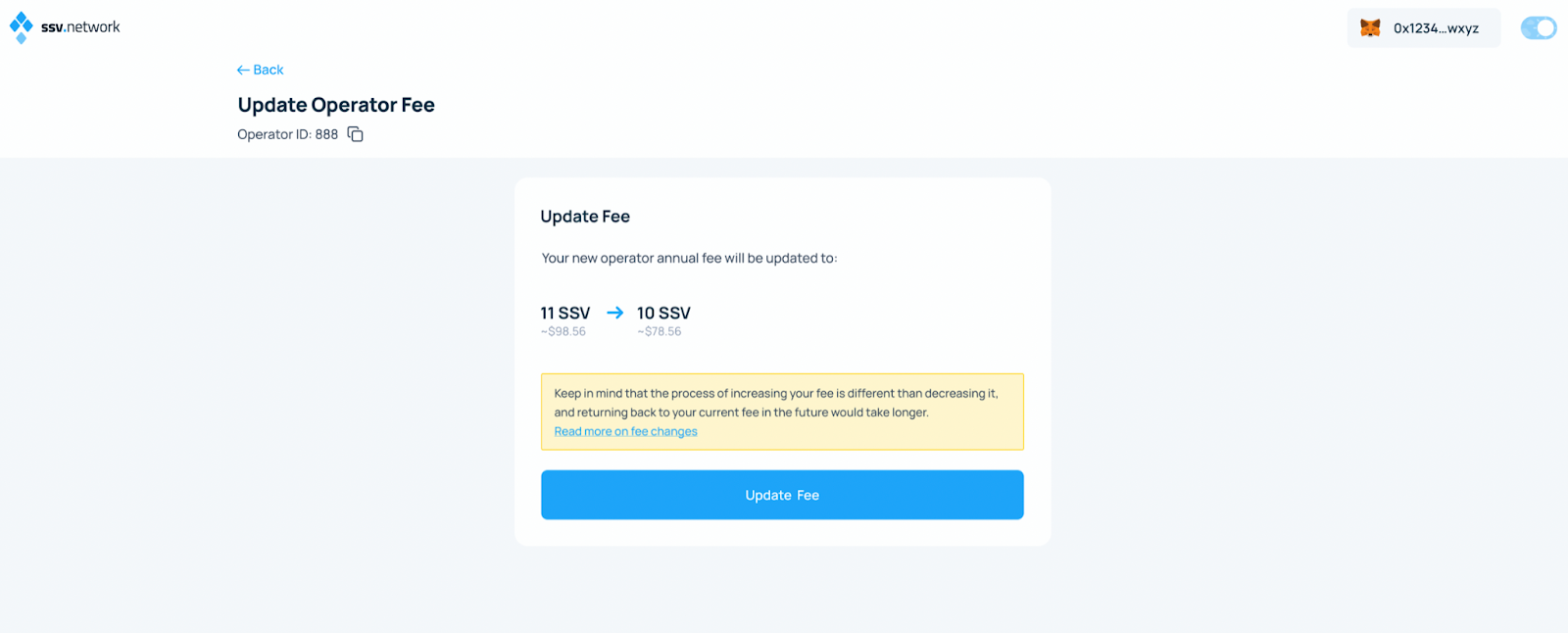
Along with the introduction of dashboards, we’re also in the process of redesigning the explorer by giving it a significant facelift and new functionality that will be released in the weeks following the V2 launch. The updated explorer allows stakers to get a multi-level understanding of how their operators are performing.
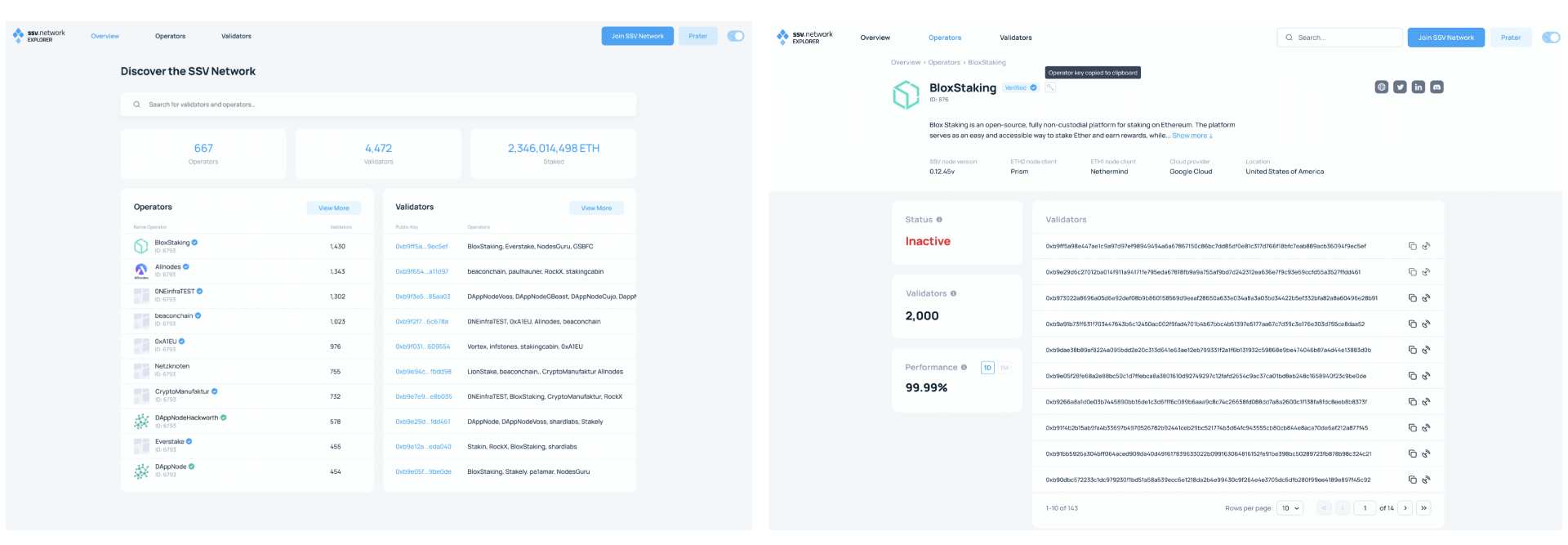
In the not too distant future, users will be able to use the explorer to see in-depth details about how validator duties were conducted by their operators.

Since the first incentivized testnet, the network has matured in many aspects besides improving the Distributed Validator Technology (DVT) and user experience. In the meantime, we have also repackaged a lot of the content.
Documentation — We have completely overhauled the docs to make it easy for anyone who wants to see how ssv.network works under the hood. From here, new and existing users can get the in-depth details of how each entity on the network functions.
Developer Center — We have created a dev center to make it easier for developers to build new staking applications on SSV. Using the new smart contract functionality, developers can seamlessly start building the staking applications of tomorrow.
Website — Giving the ssv.network website a complete facelift by adding new designs and functionality to make it as easy as possible to find everything you’re looking for.
Community Hub — We’ve added various new pages to the Community Hub on Notion to help the global community interact with the protocol and each other.
Now that you’re back on track with everything happening in V2, we invite you to get involved in the future of ETH staking and have a look at all the new features Shifu has to offer!